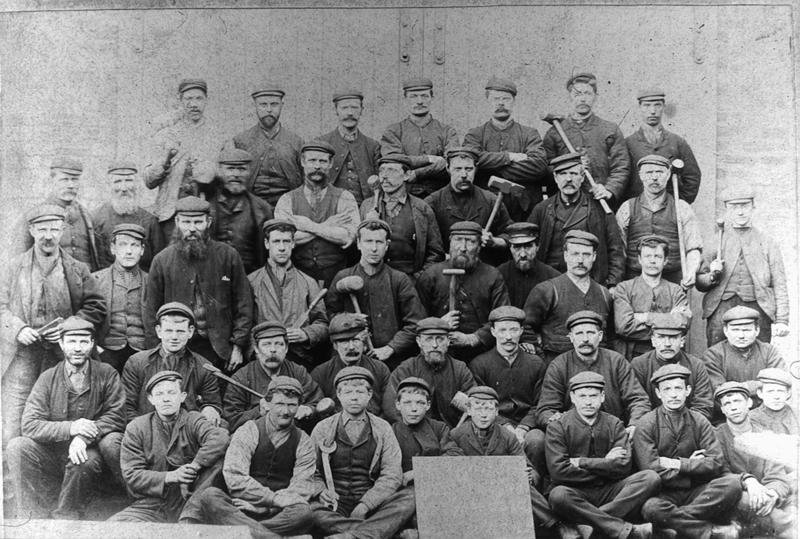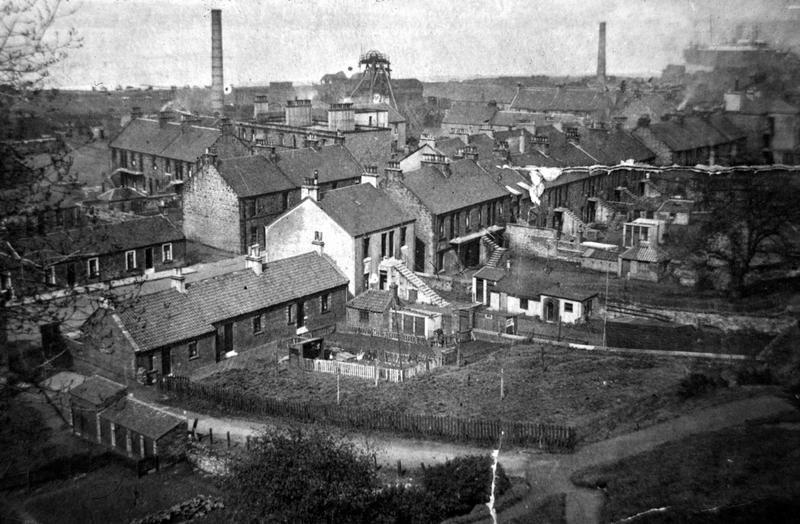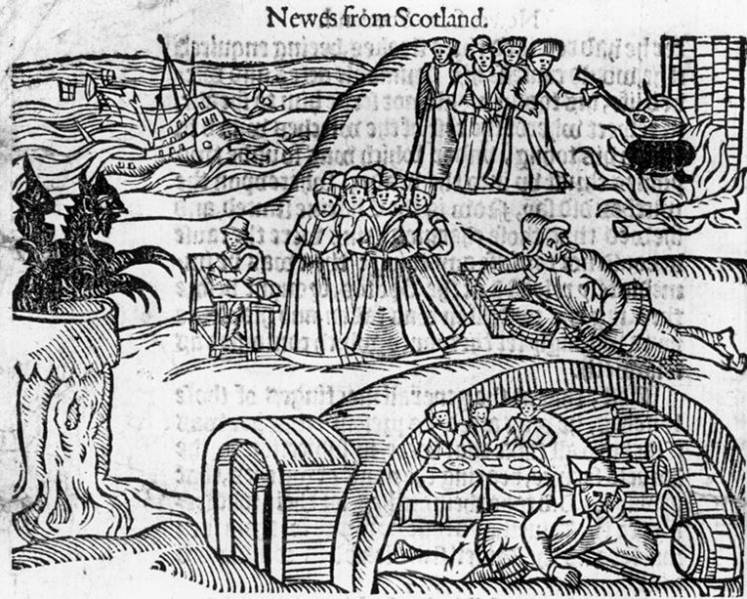Falkirk Community Trust has been collaborating with Sustrans on their wonderful Greenways project to bring some local heritage to life along the foreshore at Bo’ness. This is one of the stories from the project.
“In just over 100 years around 400 ships ended their days on the mud of the Forth at Bridgeness or Carriden. Everything from submarines and trawlers to destroyers and cruise liners.”
Historian Christine Simm
fields['text']) echo $section->fields['text']; ?>
A History
A pier at Bridgeness first appeared on a map of 1775. Its small harbour was used by vessels employed in the coal trade. It also welcomed boats carrying eggs from the Orkney Islands. Later Bridgeness and nearby Carriden became a centre for shipbreaking. Nearby was a pottery business.
The business’s offices – designed by Hippodrome cinema architect Matt Steele – were demolished in 2020. However, the lintel bearing the name of the sawmills was retained to be shown on the foreshore.
Today, the harbour has been filled in – but remains of concrete blocks, rubble and large stones (which may have formed part of the harbour walls) still exist. In recent years, new paths have been developed along the coastline as part of the John Muir Way. The scrubland near the shore has also become a haven for wildlife.
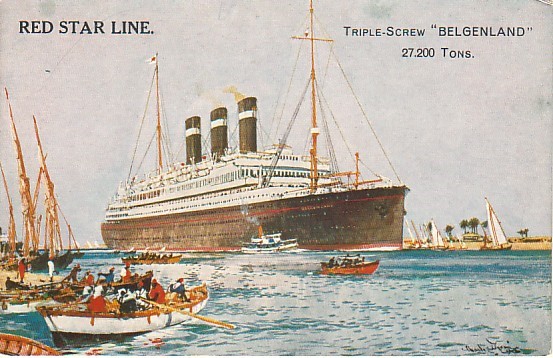

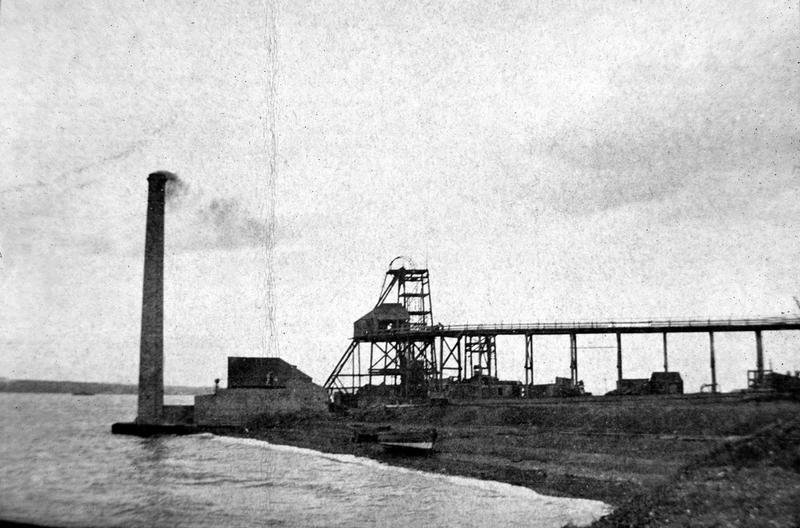

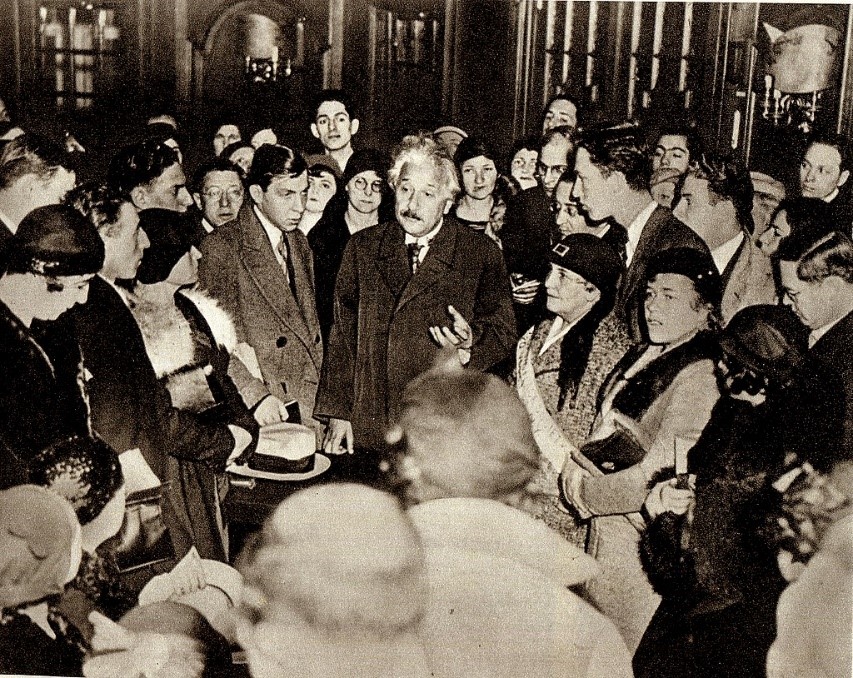

Shipbreaking at Bridgeness
The first ship to be broken up at Bridgeness was Chongar in 1893. Local historian Christine Simm has been researching the history of the shipbreaking operations. She said: “The company operating the business was John S. Turnbull, Glasgow. They broke up a further six ships before changing the company name to the Forth Shipbreaking Company which continued until 1920. After the First World War, various other companies also worked along the shore either at Bridgeness or Carriden, manly on German torpedo boats and similar small craft.”
From around 1922, the Forth Shipbreaking Company became P & W MacLellan and they continued to break ships up to 1978, when Daltons took over until the business finally closed in 1985.
Christine said: “In just over 100 years around 400 ships ended their days on the mud of the Forth at Bridgeness or Carriden. Everything from submarines and trawlers to destroyers and cruise liners. The largest ship to come to Bo’ness was in 1936, the 27,000 ton Columbia which had been the largest ship afloat in the world when she was launched as the Belgenland in 1917. The metal and other materials retrieved during the breaking was mainly sold for scrap, but a lot of the furnishings and odd bits and pieces ended up gracing houses throughout the town.”
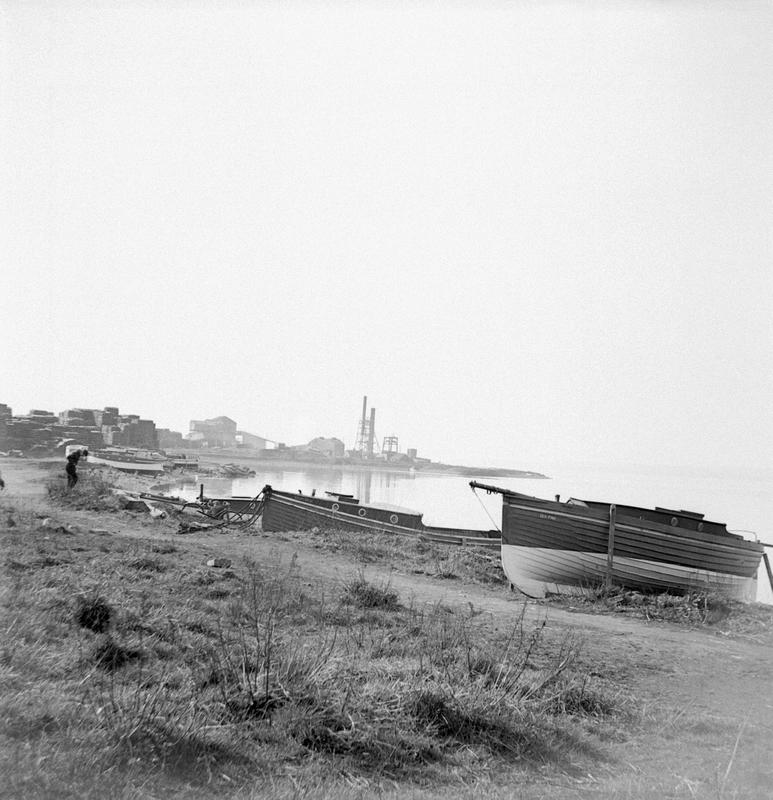

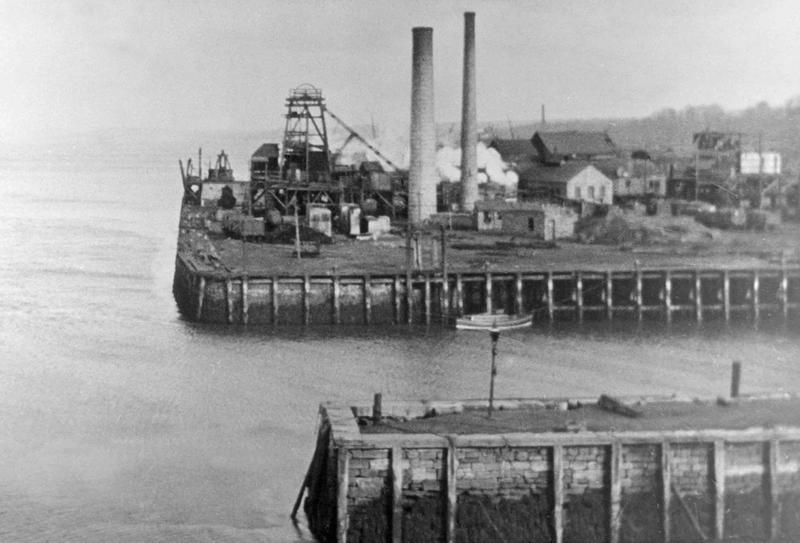

Benches and the Einstein Connection
Around the Bridgeness and Carriden area today are iron benches, based on seats which once graced the Belgenland liner. The ship – used by Albert Einstein – was broken up here in Bo’ness. As part of a community art project, Ballantine’s foundry in Bo’ness made copies of the Belgenland benches and added in plaques developed by local community groups. The benches now offer great views across the Forth. You can watch a film about the project here.
